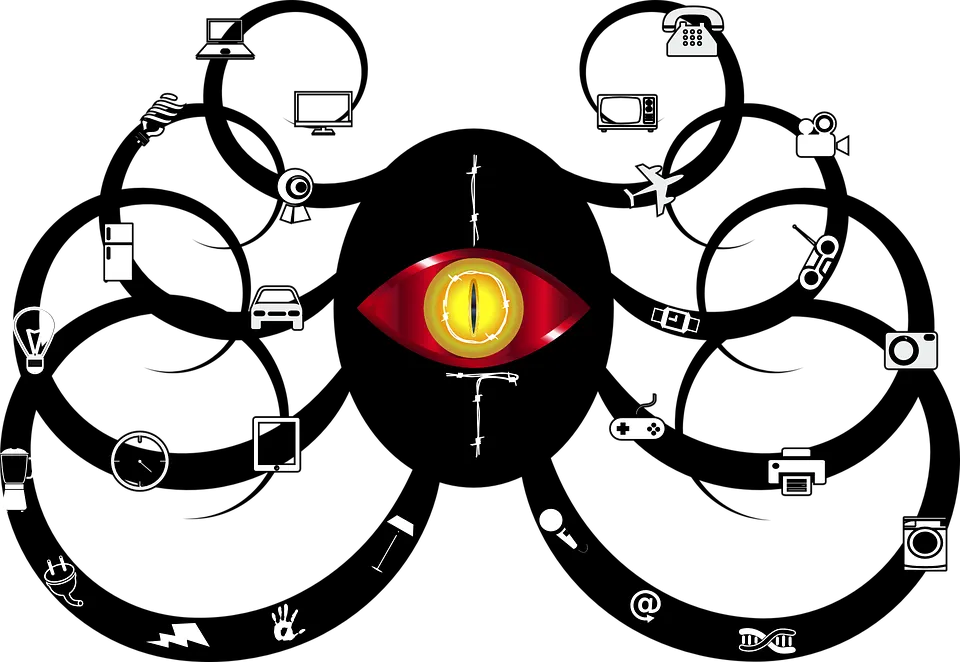
The truth is, you could be tracked by vehicle, on foot, or even surveilled by the camera man in the inconspicuous van parked outside your front door.
In the past, to keep a watchful eye on you in all your day to day activities meant hiring someone who exercised a high degree of skill and patience. Anonymous personnel with acute senses and video/audio recording equipment would have had to skulk around in your shadow without arousing your attention as they pooled the details of your life into a comprehensive profile.
But the days of relying on the rudiment senses of surveillance are over. If someone wants to find you, track you, and/or analyze your life, the process can be conveniently executed from behind a computer desk while enjoying a cup of coffee.
There are systems open to the public, such as InstantCheckmate and TruthFinder, that allow the general public to access somewhat sensitive information on your life, including your current residence address, known relatives, and associated social media accounts.
There are spy-ware apps that can be stealthily inserted into your phone to aggregate all inputs, including passwords to financial account information and that list of contacts that you would rather keep private.
Social engineering techniques can allow an unauthorized user to gain access to your Google accounts, and from there, reap havoc on your personal life via your social media pages, or opt to simply spy on your life.
There are, in fact, so many surveillance resources available to the general public that it is a downright irresponsible notion to presume you cannot be surveilled by the average citizen. But while the manifold methods of surveillance that the public has access to is worthy of attention, why not up the query of surveillance threats by asking: What about governments? What kind of surveillance systems do they have access to?
The Intercept has published a catalog of 53 surveillance devices that are on the market for government sanctioned spying. The catalog is alleged to have come from a “source within the intelligence community” and exhibits electronic surveillance equipment that ranges from anywhere between $5500 (Jugular 2) to as much as $1,500,000 (Icarus/NVDF).
These devices have a data catching functionality that spans the gamut of modern communications mediums. You can view the full catalog here.
A Few Companies Associated with the Devices
QRC Technologies: A vendor of the $195,000 ICS2 Survey Equipment that functions as a cellular network mapping system, allowing the user to gain data on the location of cell towers in the area, which tower is communicating what information, how strong the signals are, and more.
Anite (now acquired by KeySight Technologies): A vendor of the $11,500 Nemo Handy N95 Survey App for Android and the $80,000 Nemo Outdoor surveyor. The application serves some of the same functions as the ICS2, but without the unwieldy bulk. The application once installed to an Android device allows the user to acquire radio frequency information and measurements of cellular towers.
Harris Corporation: A vendor of the $75,000 Blackfin I/II survey equipment and the KingFish ground based geo-location system. The Blackfin device can be worn on the body and allows the user to access messages and calls of all cellular devices within the area. It also provides the user with the capability of blocking cellular devices from accessing a network and can scramble communications.
AST (of Raytheon): Vendor of the $1.5 million Icarus/NVDF geolocation system that can be affixed to the wing of an aerial vehicle.
Ventis: Vendor of the $97,000 RadioEye that can pinpoint the location of push-to-talk radio frequency emitters and eavesdrop on communications.
To see full post w/ links please vist:
https://shadowzone.net/2018/03/25/53-government-surveillance-devices-you-dont-know-exist/